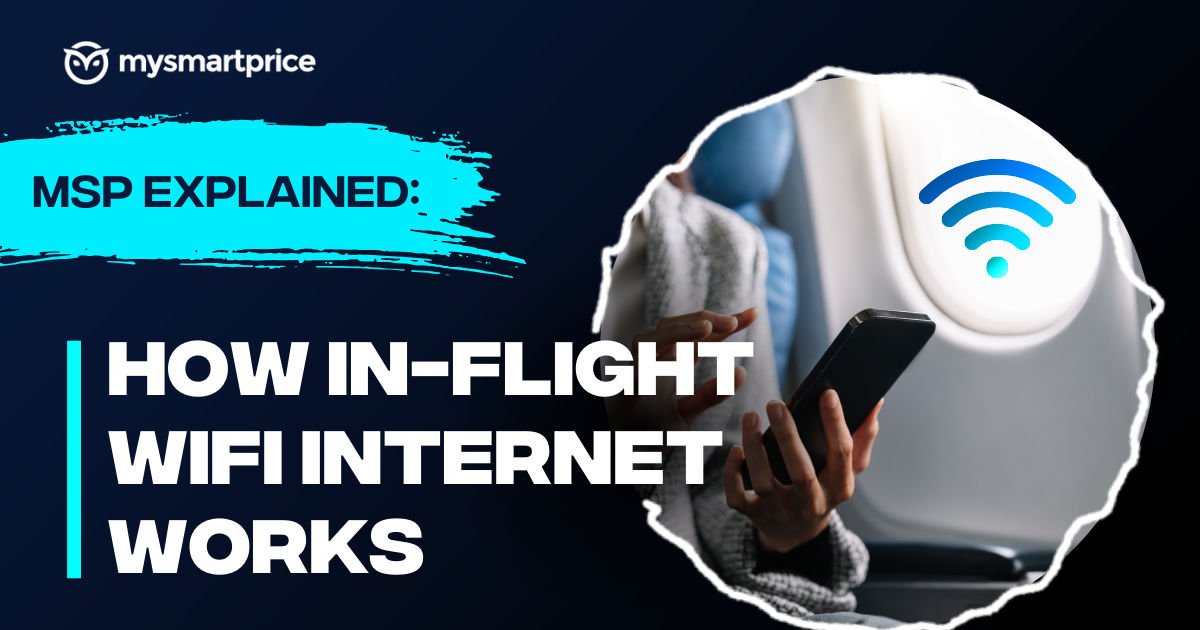
The Government of India recently amended its Flight and Maritime Connectivity Rules, allowing airlines to offer in-flight internet services. Passengers will soon be able to access high-speed internet even while flying at a height of 35,000 feet. But ever wondered how you can use the internet while flying above the clouds? In this edition of MSP Explained, let’s understand the technology behind in-flight WiFi internet in simple terms.
In-Flight WiFi vs In-Flight WiFi Internet: The Difference
You might have heard about in-flight WiFi as early as 2010. But the older technology was without internet connectivity. It would allow passengers to watch movies and songs from a select library, which were stored on a drive locally on the aircraft. The concept was good, but it was not successful, as viewers were restricted to watching from a limited collection of media.
In-flight WiFi internet works exactly as it sounds like. It provides real-time internet connection to passengers even while flying in the air, just like using WiFi at your home. So, technically, you can stream YouTube videos and any movie on the web. This guide focuses on how the in-flight WiFi internet services work.
In-Flight WiFi Internet: How it works?
In-flight WiFi works in two ways: Air-to-Ground and Satellite Based. In both methods, your aircraft has a receiving antenna that connects to an external source of the internet using radio waves. It is distributed to all passengers in the aircraft using WiFi, similar to how a normal WiFi router serves all members at your home. Let’s understand how this works in detail.
Air-to-Ground In-Flight WiFi Internet
As the name suggests, your aircraft connects to a transmitting station located on the ground. As you fly from one region to another, your aircraft disconnects from one ground station to another available transmitted, ensuring that you are always connected to the internet. This technique uses high-power radio waves, as the signals have to travel a distance of up to 30,000 feet.
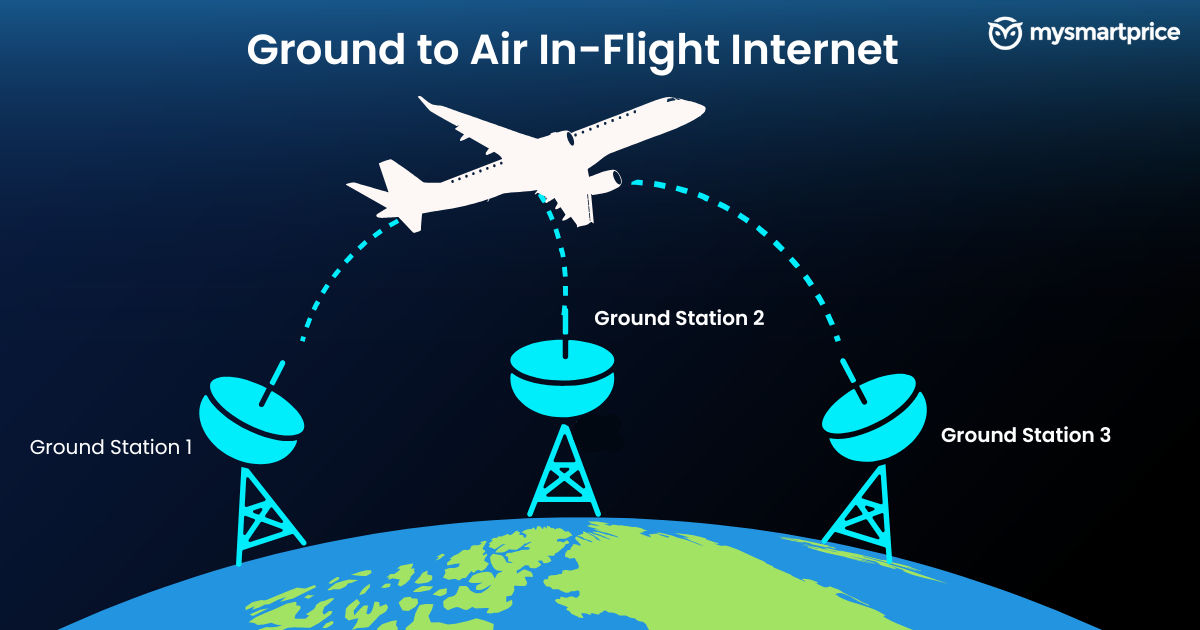
Pros:
- Easier to set up multiple ground stations with low investment.
- Less latency as the signals don’t have to travel that far.
- Easy to maintain and upgrade on-ground stations to increase bandwidth.
Cons:
- Clouds, rains, thunderstorms, and other natural factors can cause interference.
- Very difficult to implement on flying routes over the ocean.
- It requires ground stations across all countries if flying on international routes.
In simple words, Air-to-Ground in-flight WiFi internet services are cheaper to set up and maintain on routes that fly over a landmass. However, it involves too many drawbacks from weather interference and flying over oceans. These cons are solved by the Satellite-Based in-flight WiFi system.
Satellite-Based In-Flight WiFi Internet
Your aircraft connects directly with a Low Earth Orbit satellite in space. The distribution technique is the same, where passengers can access the internet using WiFi. The satellite serves as a repeater and establishes a real-time relay of internet services between your aircraft and on-ground receivers, keeping all passengers connected.
Since satellites have a larger coverage area compared to ground stations, this technique is more effective. It also works while flying over oceans and no-mans lands such as mountains, deserts, forests, etc. By increasing the number of satellites, you can have almost zero blind spots using this technique.
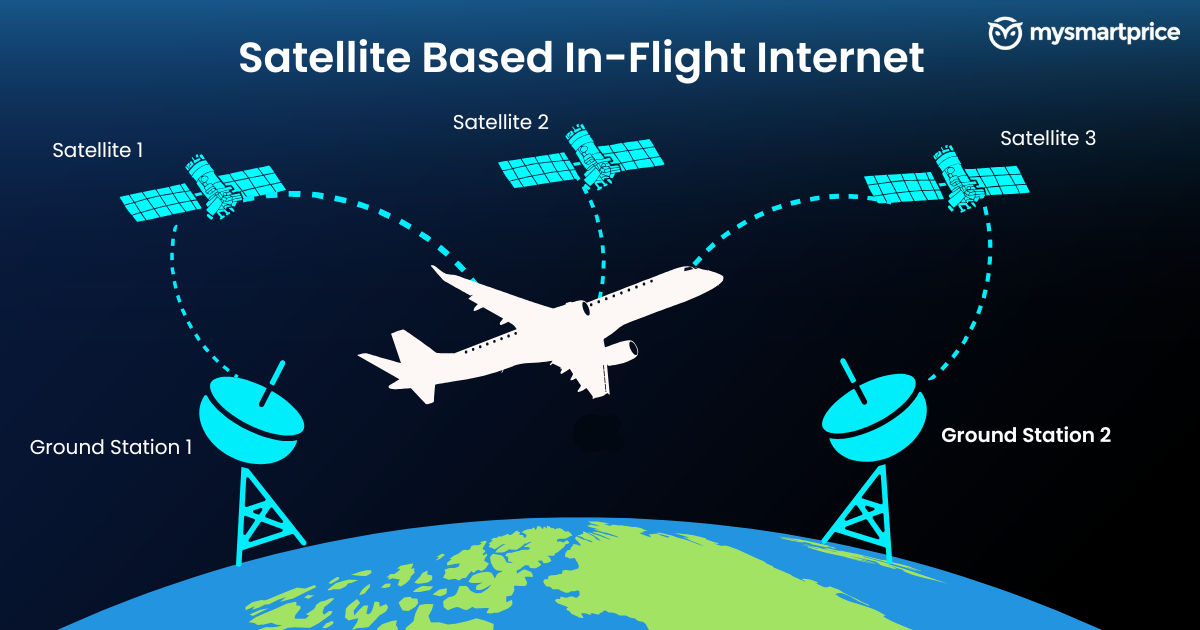
Pros
- Wide coverage over all terrain, including oceans.
- Minimal interference from weather due to the constellation of multiple satellites working together.
- More stable internet compared to Air-to-Ground systems.
Cons
- The cost of setting this up is exorbitant as airlines need to lease satellites from service providers at a high cost.
- Latency can be on the higher side as satellites are placed at a height of 2000 km (65,68,610 feet).
Both Air-to-Ground and Satellite-based in-flight WiFi services offer basic internet connectivity to passengers, with the latter covering up for all the drawbacks.
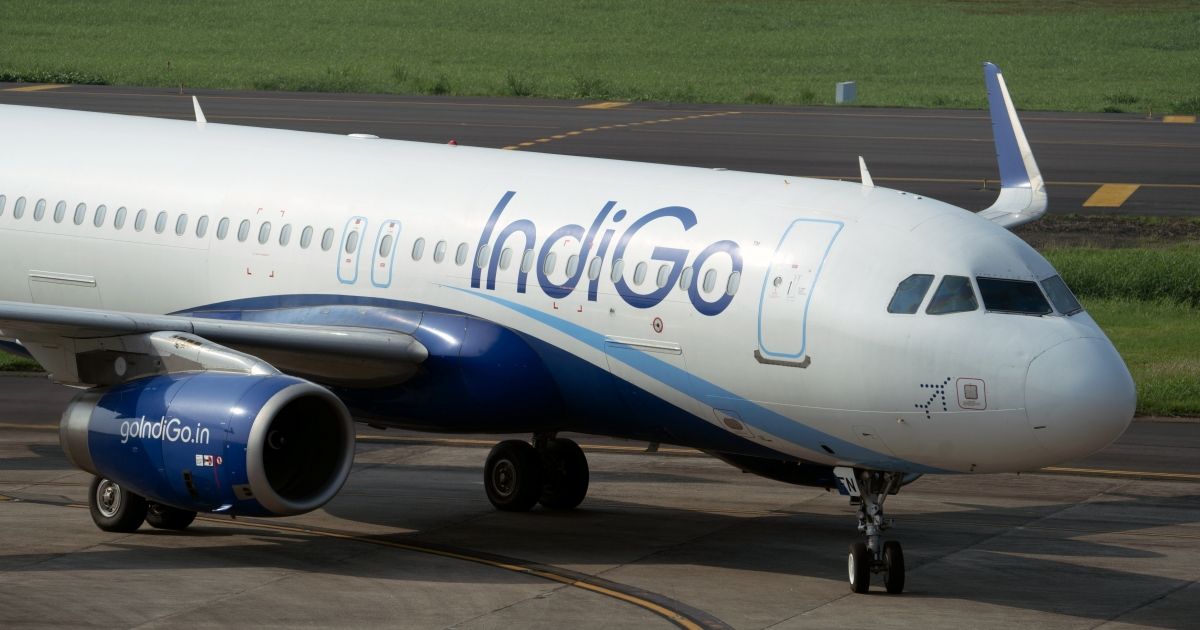
Why In-Flight WiFi Internet is Not Popular?
The biggest obstacle to having in-flight internet services is the cost involved in this technology. Airlines need to make modifications to all of their aircraft fleet, which requires thousands of crores of rupees. They also need to lease the internet service from either a ground station or satellite service provider.
These costs will be ultimately passed on to the customer, resulting in higher flying fares. Emerging markets like India and Southeast Asia are very price-sensitive, and passengers prefer to fly to their destination at the cheapest possible price.
The demand for internet services on flights is surely growing as more people start flying. But it’s still not enough for airlines to jump onto the bus and implement it straightaway after the recent approvals from the Government of India.
This case is not just for India but even for developed European countries. RyanAir, a highly successful and popular low-cost airline, still does not offer in-flight internet for cost reasons. The concept is more popular in premium and full-service airlines such as Etihad Airways, Emirates, Qatar Airways, etc.
Airlines with In-Flight WiFi Internet Service in India
Currently, Vistara (now merged with Air India) is the only airline in India that offers in-flight WiFi internet services. However, the airline offers this service only on international routes. After the recent approvals from the Indian Government, they are expected to expand it on domestic routes as well. Vistara uses a combination of both Ground-to-Air and Satellite-based internet services, depending on the route.
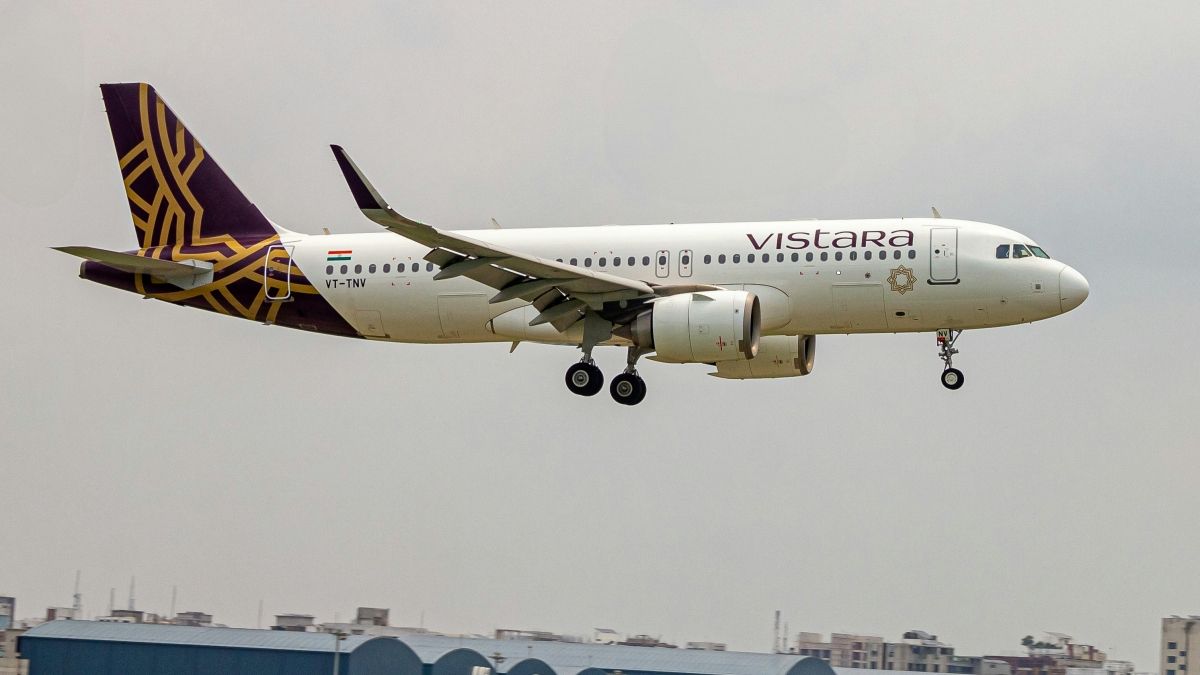
Indigo Airlines also announced plans to implement in-flight WiFi. However, the airline plans to use the older technology on local entertainment services without any internet connectivity. Currently, the concept is under testing and not available on all routes.
Akasa Airlines also has local entertainment services over WiFi, but again, it does not have any internet connectivity. SpiceJet is also testing the same technology on some of its larger aircraft models, but it’s not widely available.
Domestic air travellers in India will have to wait for a few years for the widespread availability of in-flight WiFi internet services. Passengers will most likely have to pay extra as an add-on service, with an option to opt out if they are not interested.
The post MSP Explained: How In-Flight WiFi Internet Works appeared first on MySmartPrice.